Rabobank anticipates weaker global pork trade
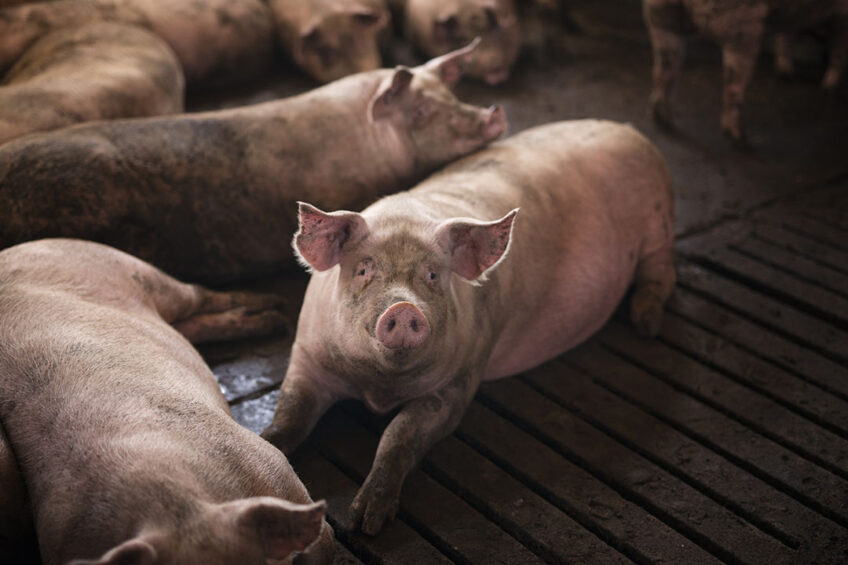
Global pork markets are being influenced by sluggish economic growth, weak consumption, and recurrent disease outbreaks, and according to Rabobank’s latest quarterly pork report, global trade is expected to weaken after a strong first half of the year.
While sluggish economic growth has been impacting consumers around the globe, pork continues to hold a relatively stable position on consumers’ plates, notes Rabobank’s report.
Chenjun Pan, senior analyst Animal Protein at Rabobank, explains that performance varies from region to region. “In Europe, pork consumption remains under pressure due to ongoing high prices. In the US, demand was slightly below expectations to start the summer, as uncooperative weather and poor air quality challenged the start of the grilling season. And in China, pork consumption remains weak due to the underperforming economy and heat waves across the country.”
Pork trade expected to weaken
While pork trade was relatively strong in the first half of 2023, driven primarily by an increase in imports in China, Pan expects that, for the second half of 2023, global trade will weaken. “Inventories of frozen pork are high in China due to weak consumption, pressuring imports. Also, tighter supply in the EU restricts shipments out of the region,” said Pan.
Supply and demand imbalance
The Rabobank report highlights that pork supply in the EU and UK declined in the first 4 months of 2023, with some countries seeing falls at double-digit rates. This tight supply supports high prices, which, in turn, pressured consumption.
Meanwhile, in China, pork supply continues to exceed demand, pressuring prices and causing multiple-month losses for producers. Rabobank adds that liquidation of the sow herd in the country will continue in the second half of the year.
The US is also seeing plentiful supply, where producers have relatively healthy balance sheets after 2 years of outsized profits. Given projected losses, however, Rababank expects US herd liquidation to ramp up into 2024.
Pig feed
Pork supply is also challenged by volatile feed prices and relatively low stocks. Corn and soybean prices were volatile entering July due to weather issues, Black Sea grain corridor uncertainty, and the smaller-than-expected soy planted areas and larger-than-expected corn areas in the US.
Pan expects feed prices to soften in Q3. “While there is some room for prices to drop further in the coming months, they will stay above pre-Covid levels,” said Pan, adding that Rabobank expects a modest improvement in production costs in the second half of 2023 “as productivity improvements likely offset feed cost volatilities”.
Disease challenges
Pan noted that African Swine Fever continues to impact production in Asia and Europe and is persistent in some regions. In Spain, Porcine Reproductive and Respiratory Syndrome remains a challenge.
 Beheer
Beheer

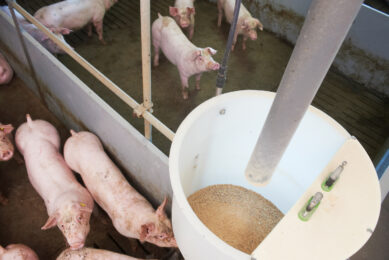
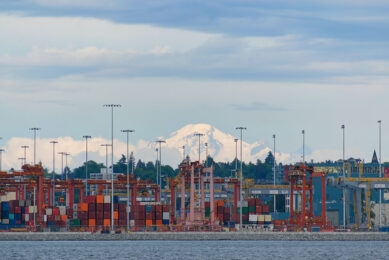
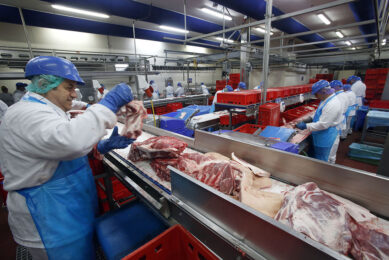
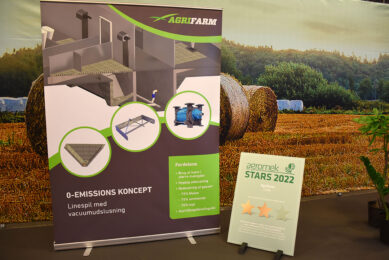








 WP Admin
WP Admin  Bewerk bericht
Bewerk bericht